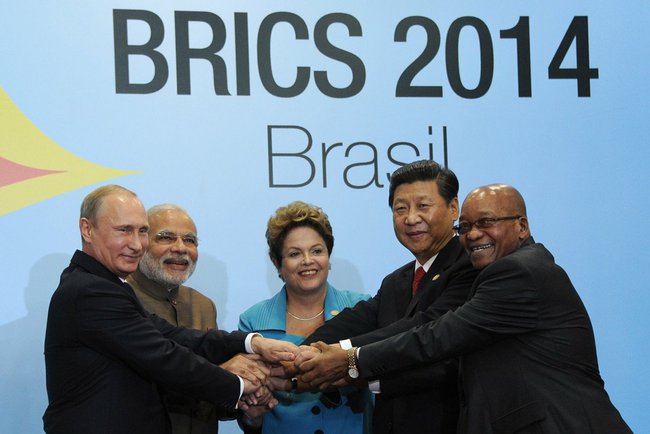
The Colombian peace process has advanced steadily without major interruption since it was formally launched in Norway and peace talks between the Colombian government and the Colombian Revolutionary Armed Forces (FARC) began in Cuba in late 2012. As with most peace processes, the Colombian process has evolved over time and in stages, with adjustments to the methodologies, focus, and engagement of the stakeholders. A number of these modifications are breaking new ground, particularly with regard to the roles of civil society and the design of strategies for dealing with the past.




